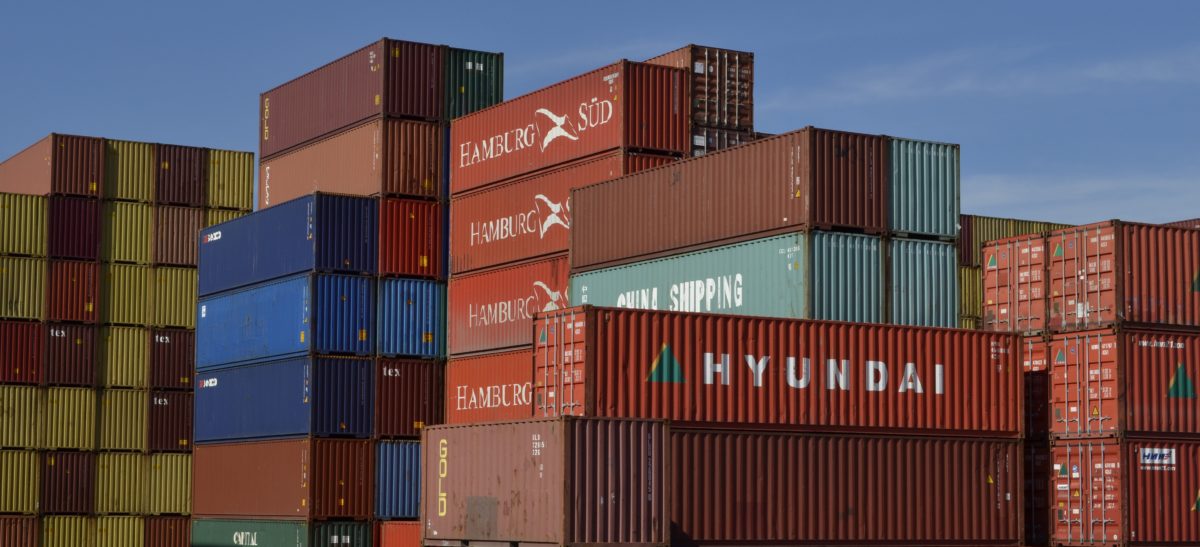October 10, 2016
Australian ag-tech startup Sprout Stack is preparing to open its second round of capital in a bid to raise further funding prior to commercializing its automated fresh food production units in early 2017. Designed to revolutionize the way in which fresh produce is grown and distributed, the Sprout Stack unit is a standard intermodal shipping container fitted with ready-to-use controlled environment agriculture systems that can monitor and control the produce at the click of a button or from the Sprout Stack web app.
Using vertical hydroponics with the highest quality lighting and climate systems to control moisture and CO2 levels, the containers are capable of growing the equivalent of two acres of fresh, sustainable produce in as little as eight weeks with the potential to produce in excess of 1,000 small heads of lettuce per week.
Co-founder and Director Francisco Caffarena says the driving aim of Sprout Stack is to improve on the inefficiencies within existing methods of growing and distributing fresh produce.
“Sprout Stack offers a sustainable solution to meeting the global demand to increase food production twofold by 2050,” Mr. Caffarena said. “By using vertical hydroponics in a highly-controlled environment, Sprout Stack provides fresh produce straight from the source, allowing users to maximize output and minimize cost of operation. Unlike in existing farming methods, users of Sprout Stack can grow more consistent yields in a pesticide-free environment all year round, and can save 95 percent on water consumption compared to a head of lettuce grown in the ground.
“This revolutionary technology will also help reduce carbon footprint with production designed to be much closer to the consumer. The average head of lettuce in the USA travels 1,000 miles – an unsustainable method of distribution when you consider the required refrigeration and fuel usage, not to mention the detrimental effect on the produce’s nutritional value.”
For now, almost any type of leafy greens and herbs can be grown in the Sprout Stack units but the startup is currently funding research to find a solution to growing fruit such as tomatoes, strawberries, cucumbers and peppers. The challenge is finding an automated system that can include the process of pollination. Mr. Caffarena says advanced research on strawberries suggests technology can find a solution to this hurdle.
While the target user of Sprout Stack units is the urban farmer, Mr. Caffarena says the technology is integrated in a way to allow anyone to use it.
“You don’t need to be an experienced fresh food grower or horticulturalist to use our Sprout Stack units,” he said. “As long you have access to water and electricity (including solar generated electricity), anyone from any location can use the units whether it be out the back of a restaurant in the middle of the city or in the middle of the desert at a mining site.
“We’ve been hearing about urban farming initiatives for a while but until now haven’t been offered any real and effective solutions. Farming land close to the city is difficult to scale as are rooftops, which often entail poor accessibility. Sprout Stack solves these problems by allowing users to scale by simply adding units to their operations, taking urban agriculture to a significantly new level.”
An obvious concern for many users is the unnatural process of produce not grown under the sun. Mr. Caffarena admits that changing this mindset will be a challenge for Sprout Stack, especially when there is no other similar product to compare it to.
“Introducing a new product into a market always has its challenges but if people actually stop and think about it, fresh produce not grown under the sun makes a difference only to your perception, not the end product,” Mr. Caffarena said. “What the consumer gets at the end of the day is ultimately even better produce because it is grown in a controlled pesticide-free environment, dramatically reducing the risk of contamination.”
The initial cost per container, which will be offered in two sizes – 20ft and 40ft, is estimated to be similar to that of a small mid-range car, however the containers will also be available through a leasing service. Purchasers and lessees will be offered a comprehensive after sale service including the provision of inputs such as seeds and fertilizers.
Sprout Stack’s five year goal is to be recognized as a global leader in providing urban farming solutions with the short term goal of expanding into the fresh fruit market in the next couple of years.
Freight Farming in the USA
Leading the revolution of container urban farming in the USA is startup Freight Farms with 60 Freight Farms containers installed in 22 states and two Canadian provinces. Established in 2010, the Freight Farms evolution was made possible thanks to LEDs becoming efficient enough to be a financially viable option for farming.
Each Freight Farm contains 128 LED light strips to provide crops with spectrums of red and blue – the light spectrums required for photosynthesis, along with an eight gallon-size tank of liquid fertilizer and a propane tank for producing supplemental CO2—all running on as little as 10 gallons of water and 80 kWh of energy per day, which potentially can produce approximately 50,000 mini-heads of lettuce a year.
Freight Farms has raised USD$5 million in funding and projects to sell 150 farms this year, at $80,000 each. Customers are located across North America and range from entrepreneurs and small businesses, to hotels and restaurants, corporations and educational institutions.
—
Melissa Lawrence

Let GAI News inform your engagement in the agriculture sector.
GAI News provides crucial and timely news and insight to help you stay ahead of critical agricultural trends through free delivery of two weekly newsletters, Ag Investing Weekly and AgTech Intel.




